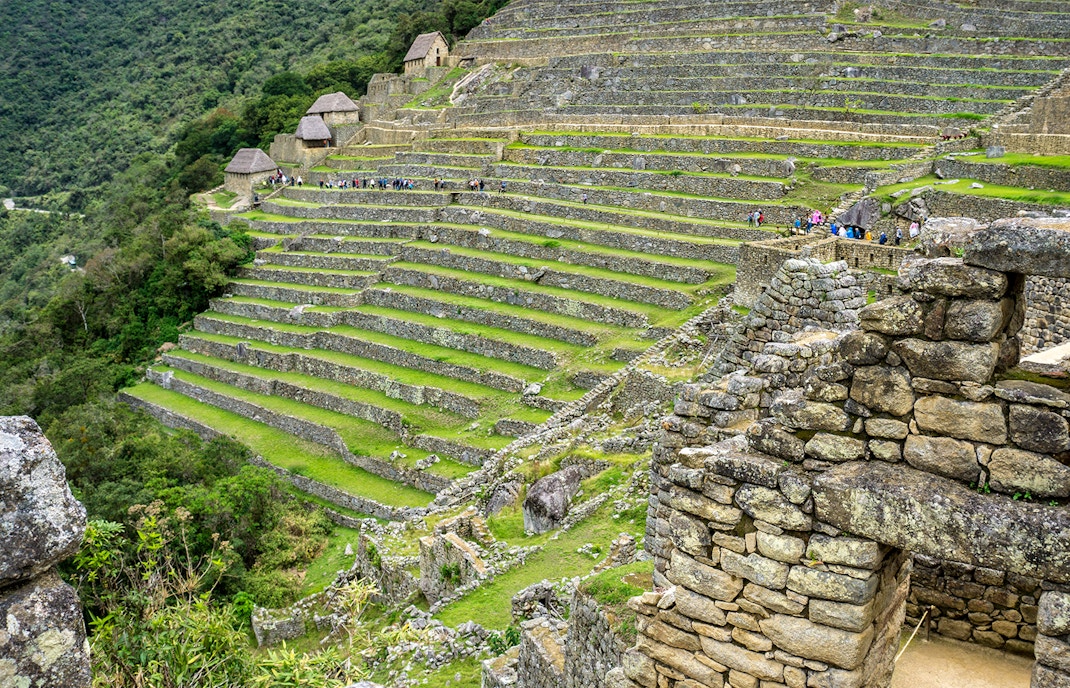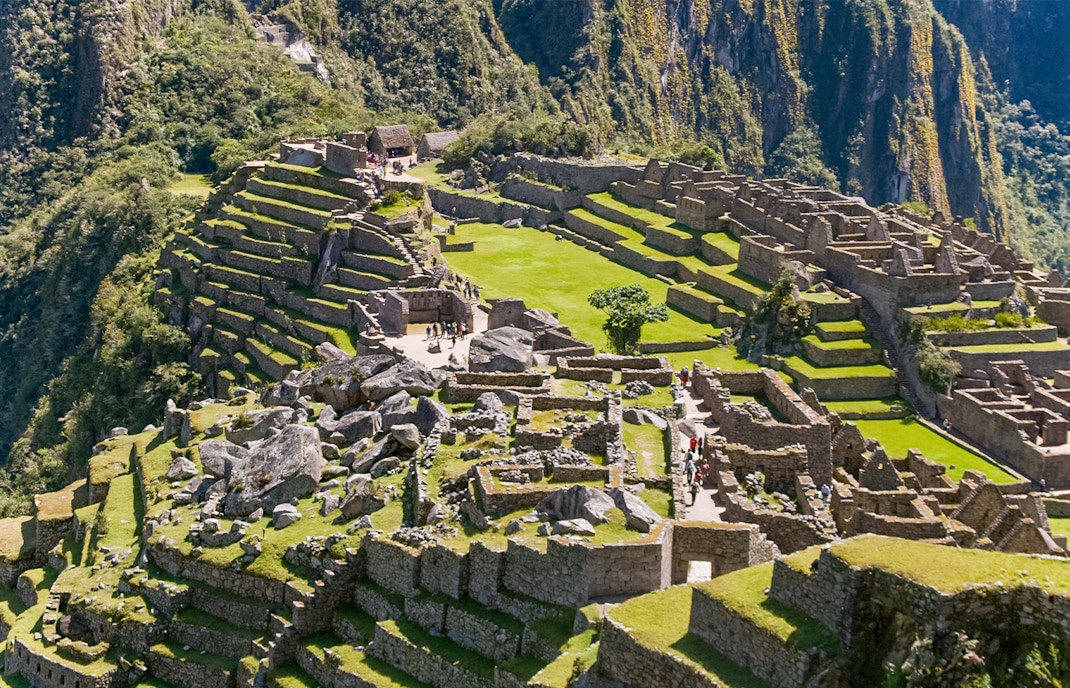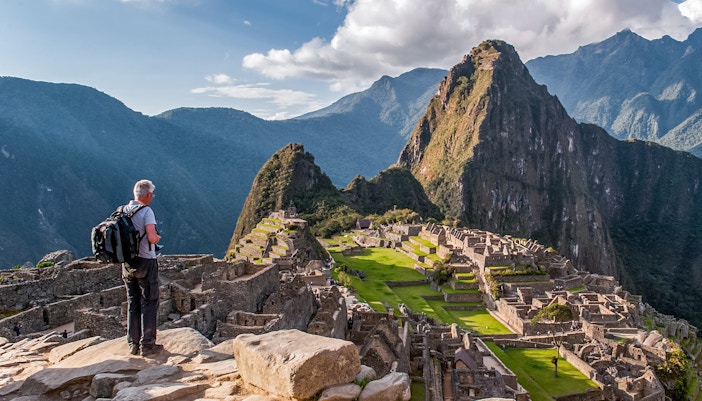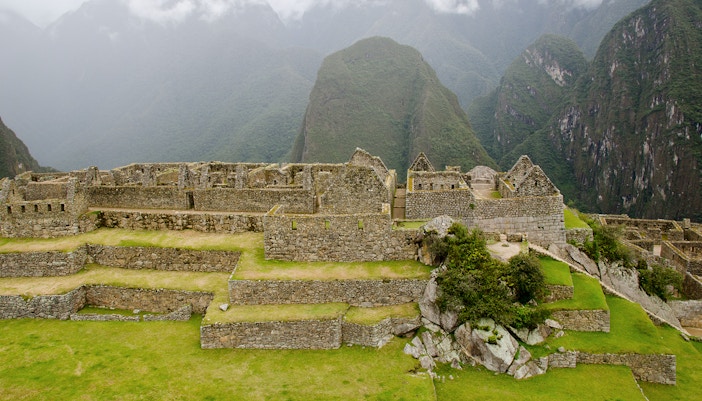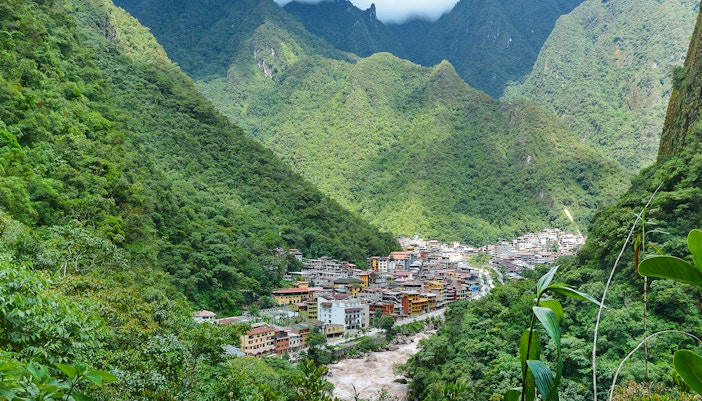Machu Picchu was built during the reign of Pachacuti Inca Yupanqui, one of the greatest rulers of the Inca Empire. Unlike other cities on the plains, this citadel was hidden high in the Andes, accessible only by steep trails and suspension bridges. Archaeologists believe it was a blend of royal retreat, religious center, and astronomical observatory. Even the surrounding peaks, like Huayna Picchu, were sacred landmarks in Inca cosmology.
Machu Picchu’s history explained
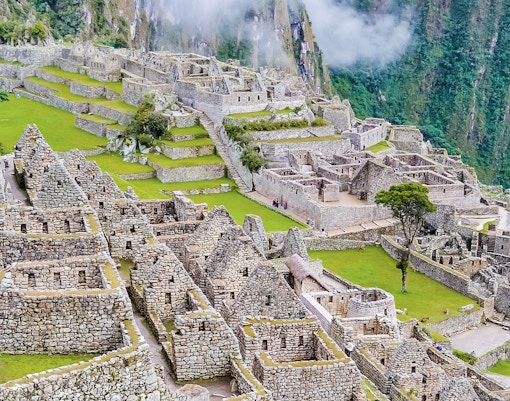
Inca Golden Age (1450–1530s)
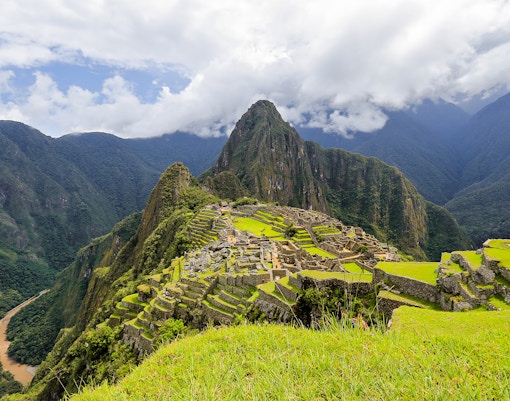
Spanish Invasions (1530s–1600s)
When Spanish conquistadors dismantled the Inca Empire, Machu Picchu was quietly deserted. The Spanish never actually found it, which explains why its temples remained intact while other Inca sites were looted. Scholars suspect epidemics or a shift in political power left the citadel without its purpose. Over time, vegetation swallowed its terraces, and only local Quechua communities remembered the “old mountain.”
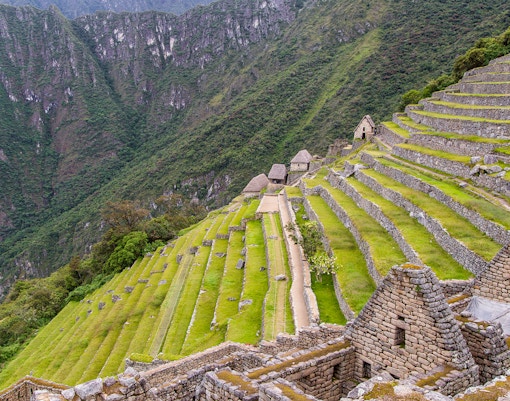
Rediscovery by Hiram (1911)
In 1911, American historian Hiram Bingham was guided by locals to the overgrown site. What he found was astonishing: walls of precisely cut stone still standing, ritual baths still intact, and terraces cascading like green staircases down the mountainside. National Geographic published his photographs, and Machu Picchu instantly became a global fascination—a “lost city” reintroduced to the modern world.
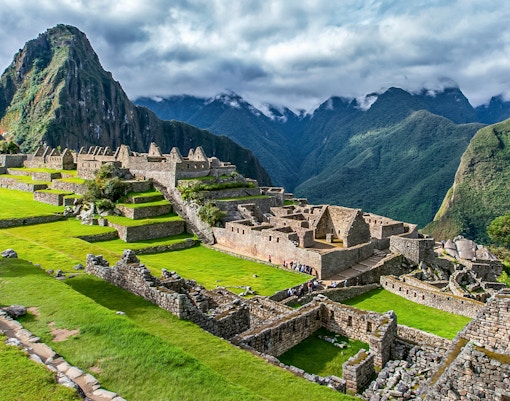
Modern Recognition (1983–Today)
Declared a UNESCO World Heritage Site in 1983, Machu Picchu now stands as both a tourist magnet and a conservation challenge. Millions walk through its sacred plazas each year, gazing at the Temple of the Sun, the Room of the Three Windows, and the mysterious Intihuatana stone, believed to have been a solar clock. Peru strictly limits daily visitor numbers to protect the site, striking a balance between accessibility and preservation.
